
Radial Clubhand is a rare birth defect characterized by a deformity of hand, with perpendicular relationship between forearm and wrist, and an absent thumb.
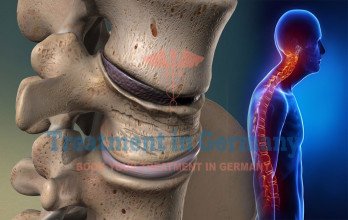
Scheuermann's Disease, also known as Scheuermann's Kyphosis, is a condition that causes abnormal spinal curvature, leading to a hunched back, particularly in adolescents.
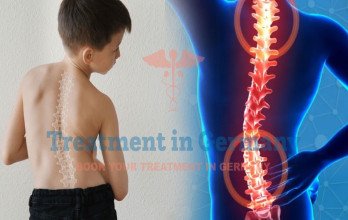
Scoliosis is a side-to-side curve of your spine. This differs from your body’s natural front-to-back curve.
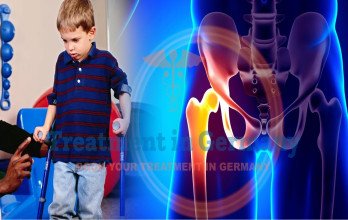
Legg-Calve-Perthes disease affects the growing end of the femur bone that fits into your child’s hip socket .It causes the end of the bone to break down.
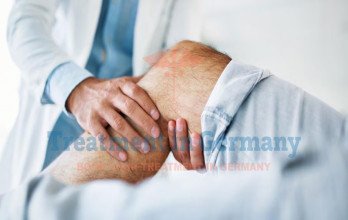
Osteogenesis imperfecta (brittle bone disease) is a genetic disease that makes your bones thin and brittle.
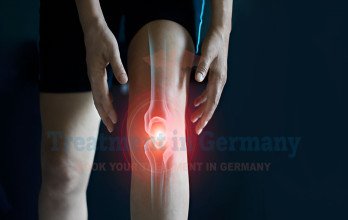
Osteochondritis dissecans (OCD) happens when a section of bone and cartilage in one of your joints loses its blood supply.
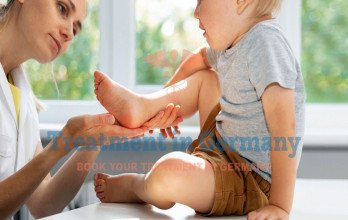
Juvenile idiopathic arthritis is the most common type of arthritis in children. Symptoms include stiffness, pain and vision problems.
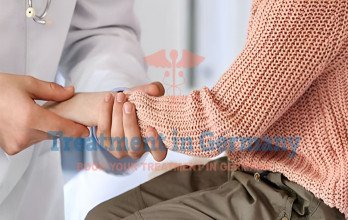
Growth plate fractures are cracks in a child’s growth plate — the special section of cartilage at the ends of their long bones
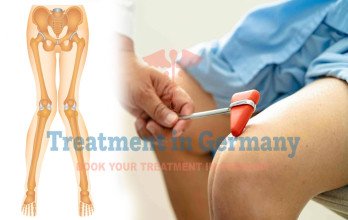
Genu valgum (knock knees) represents one of the most common angular deformities encountered by pediatric orthopaedic specialists.
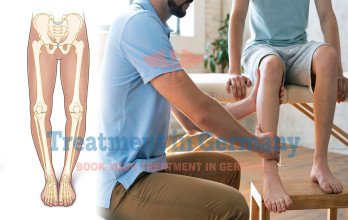
Babies are born bow legged because of the tight position they were in while in the uterus. Bow legs means the knees curve outward, leaving a wide space.

Multiple sclerosis (MS) is a central nervous system autoimmune condition. Damage to myelin causes symptoms like muscle weakness and vision changes.
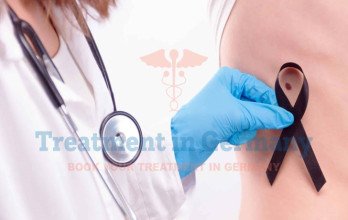
Skin cancer happens when something changes how your skin cells grow, like exposure to ultraviolet light.
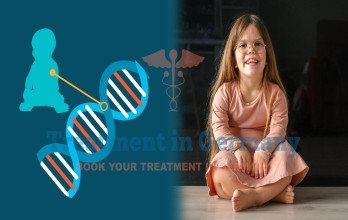
Achondroplasia is a bone growth disorder that results in dwarfism due to a genetic mutation in the arms and legs.

Dendritic cells (DCs) are acknowledged as the most potent professional antigen-presenting cells (APCs), able to induce adaptive immunity.

Parkinson’s disease is an age-related degenerative brain condition, meaning it causes parts of your brain to deteriorate.
.webp)
.webp)
 (1).webp)
 (1).webp)
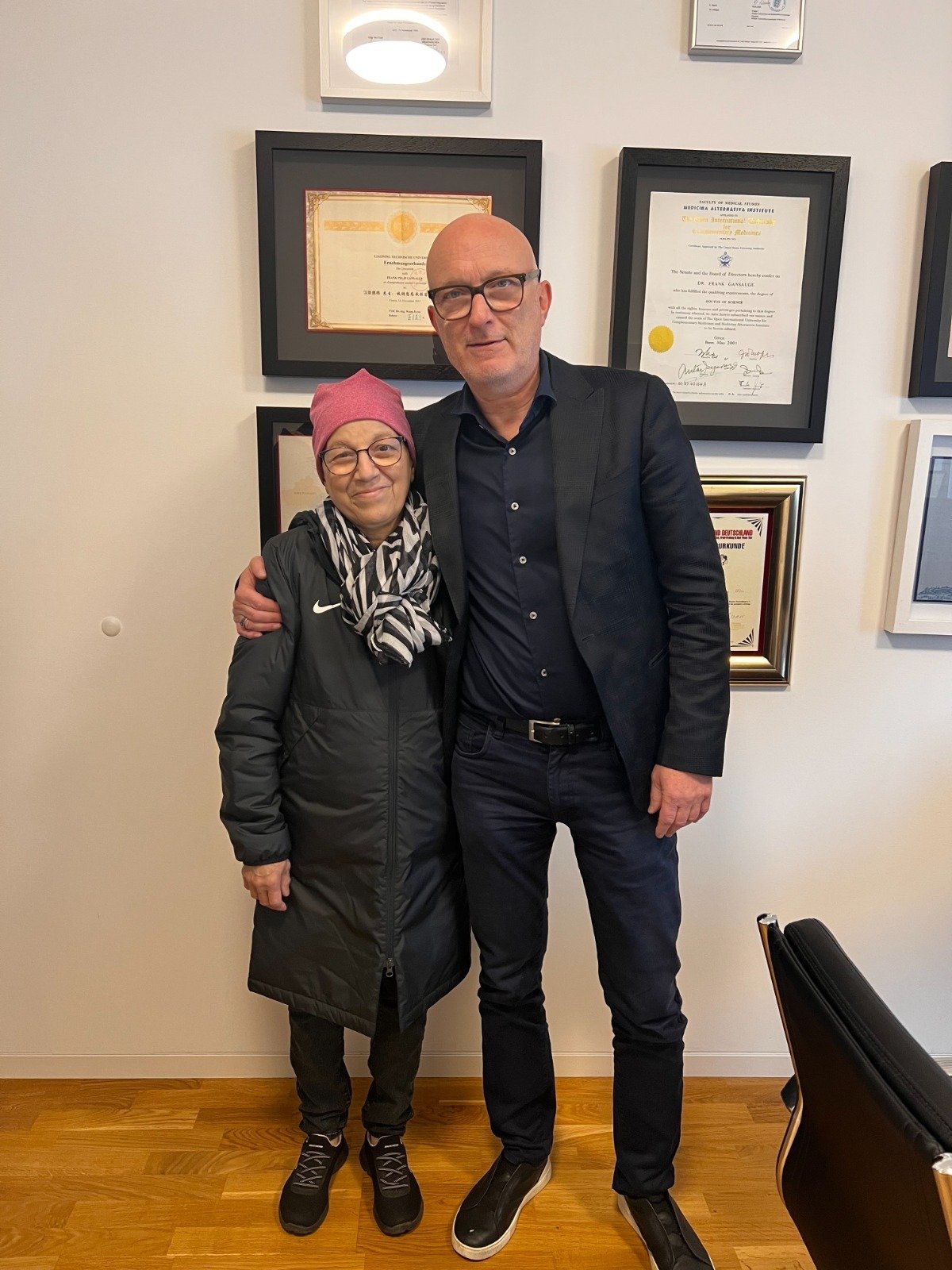
.webp)
.webp)
 (1).webp)
 (1).webp)
